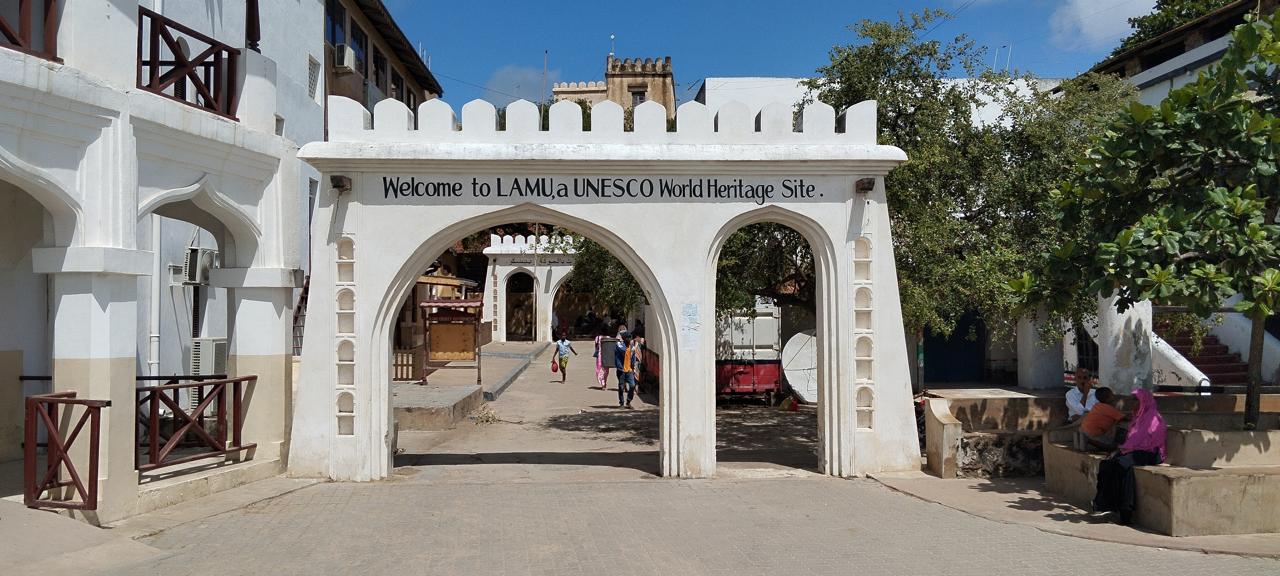About Lamu

Lamu Old Town, on Kenya's northern coast, is the oldest and best-preserved Swahili settlement in East Africa. Continuously inhabited for over 700 years, it embodies a fusion of African, Arab, Persian, Indian, and European influences reflected in coral-stone houses, carved wooden doors, narrow streets, and enduring maritime traditions. Its people sustain dhow building, seafaring, trade, craftsmanship, and Islamic scholarship, making Lamu a living heritage of global significance. Inscribed as a UNESCO World Heritage Site in 2001, the town is a powerful testimony to Swahili civilization.
However, it now faces urgent challenges. Historic buildings are collapsing or being modernized, eroding cultural identity, displacing families and weakening traditional knowledge systems. Climate change, weak governance, poor coordination structures, limited access to traditional building materials and financial constraints further intensify these threats. Yet the Old Town holds immense potential through strong community engagement, global recognition, and opportunities for regional collaboration. As Friends of Lamu Cultural Heritage, we commit to regeneration through inclusive, heritage-driven renewal.
Challenges Facing Lamu's Heritage
Preserving the unique heritage of Lamu comes with many urgent challenges:
- •Climate change impacts rising sea levels, saltwater intrusion, and heavier rainfall are accelerating the decay of historic coral stone houses.
- •Depopulation of Indigenous residents, caused by economic pressures and lack of essential services, threatens the continuity of Swahili traditions and cultural identity.
- •Limited access to traditional materials such as coral stone, mangrove poles, and lime plaster makes authentic restoration both costly and complex, as sustainable sourcing becomes more difficult.
- •Gaps in coordination among stakeholders , alongside inadequate enforcement of building codes and waste management, continue to place additional strain on preservation efforts.